communication
Latest
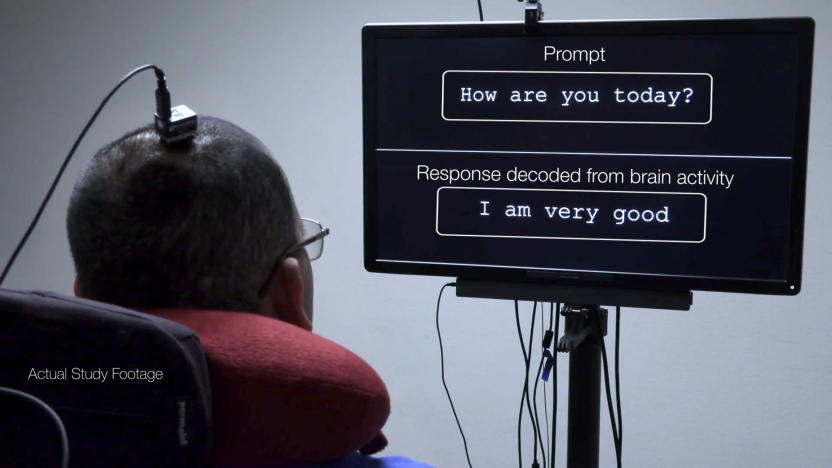
Severely paralyzed man communicates using brain signals sent to his vocal tract
A severely paralyzed man communicated using a system that translates signals from his brain to his vocal tract directly into words that appear on a screen.

CommStar will launch a relay satellite to talk to astronauts on the Moon
CommStar Space Communications plans to launch a data relay satellite that will serve as communications infrastructure for government and commercial space ventures.

US Space Force will send its first satellite into space today
The US Space Force will kick off its first National Security Mission this afternoon. It's sending a Lockheed Martin Advanced Extremely High Frequency (AEHF-6) satellite into orbit, onboard a United Launch Alliance (ULA) Atlas V rocket. The satellite will provide next-gen military communications, and it could prove that Space Force isn't just a Trump administration pipe dream.

As internet forums die off, finding community can be harder than ever
Before social networks took over the internet, message boards were perhaps the most essential way for people to come together online and talk about whatever was on their minds. Our discussion spaces have evolved dramatically, though -- message boards aren't as important as they used to be, thanks to the decade-long onslaught of Twitter, Facebook, Reddit and more. Many formerly prominent destinations are closing up shop, including the message board I called my online home for well over a decade.

NLRB tells Google to remind workers they can speak freely (updated)
Google has agreed to a proposed settlement with the National Labor Relations Board to remind employees they can freely discuss workplace issues, which follows a directive from the company ordering Googlers to "avoid controversies that are disruptive to the workplace." The NLRB was responding to formal complaints claiming Google punishes people who speak out on those matters and political issues, according to the Wall Street Journal.

Google's internal community guidelines discourage political discussions
Today, Google released a new set of community guidelines that bans political discussions inside the company and reminds Googlers that they are responsible for their words and will be held accountable for them. The policy change appears to be an attempt to avoid the controversies that have sprung up amongst employees, but it could be seen as a way to curb employee outcry over Google's policies.

Adorable internet-connected bunny Nabaztag is being resurrected
Robot pets have come a long way since the heady days of Tamagotchi -- we've got Sony's adorable Aibo that requires training and Groove X's fuzzy Lovot that follows you affectionately around the house. But none have quite captured the spirit of the delightful Nabaztag, the cute internet-connected robo-bunny released in 2005, which communicated information through color, motion and sound. Now, thanks to a crowdfunding endeavor, Nabaztag is hopping back into our lives.
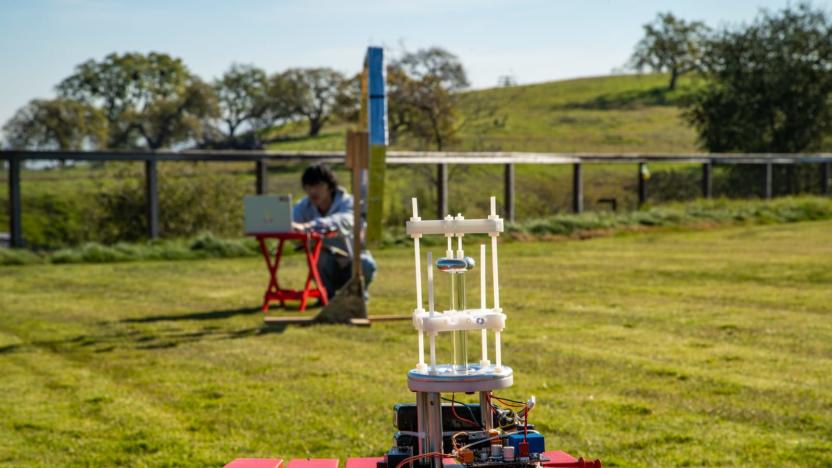
This four-inch antenna could let you text from deep underground
There's a reason that scuba divers use sign language and that caves and tunnels create radio dead zones. The laws of physics prevent radio signals from penetrating materials like water, soil and stone, and that's been a frustrating limitation of modern wireless communication. Now, the Department of Energy's SLAC National Accelerator Laboratory might have a solution: a four-inch-tall, pocket-sized antenna that emits very low frequency (VLF) radiation.

Patent describes how Lyft’s self-driving cars might communicate
Safety is a major concern when it comes to autonomous vehicles, for both the people they're transporting as well as those who are nearby. And it's not yet clear how or even if self-driving cars will communicate with the people around them. But Lyft has just been granted a patent that gives us a look at how it might be planning to address this issue. The patent describes a system that would first detect the location of individuals around the autonomous vehicle and then choose an appropriate message that could be displayed to them via screens and signs on the car itself.

Gmail's 'Confidential Mode' arrives on mobile devices
Google's big Gmail redesign was revealed this past April (with G Suite customers getting the first look). It became default for everyone starting in July. One of the key features, Confidential Mode, is now available for mobile devices, though not everyone is as confident in its ability to keep your data private.
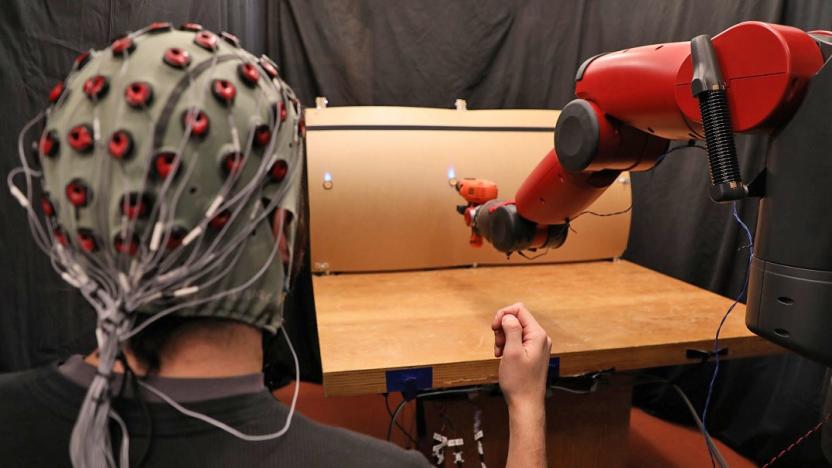
MIT uses brain signals and hand gestures to control robots
Robotic technology has a staggering range of applications, but getting it to perform adequately can be a challenge, requiring specific programming based around the way humans communicate with language. But now, researchers from MIT have developed a way to control robots more intuitively, using hand gestures and brainwaves.

LinkedIn Messenger gets GIFs for... job searching?
LinkedIn Messenger is the latest communication platform to decide it needs GIFs, too. It's adding a search function, which you'll recognize from casual chat services you don't use to network professionally. LinkedIn Messenger's new feature is powered by tech from a company Google bought weeks ago: Tenor. If that company sounds familiar, its engine runs the GIF searches in Gboard and Facebook Messenger.

NASA's portable antennas help bring space data back to Earth
Spacecraft don't usually have much flexibility when it comes to sending data back to Earth: they either have to venture within range of a dedicated ground station or offload it by returning to the planet. NASA may soon have a more flexible option: it's testing a portable space communications system from ATLAS Space Operations. ATLAS Links is a mobile structure whose four-antenna system is not only relatively light (each antenna is less than 10lbs), but can be set up within minutes. If researchers wanted to grab scientific findings or perform a status check, they could roll out a Links station when and where they need it.

AIM 🔴 AFK 4EVA
For the better part of two decades, starting in the mid '90s, AIM (previously AOL Instant Messenger) was the way to communicate online. For a certain generation, which most of the Engadget staff happens to be a part of, it defined their youth. Those of us who experience high school and college in a world before Twitter, Facebook and, yes, Gmail, Instant Messenger was how we kept up with friends after class and well into the night. We made friends from across the globe, and a few of us even found love. But around 2010 AIM's popularity started to decline. Fast. Now the OG of instant messaging apps is being put out to pasture. On December 15th AIM will finally shut down. But first the Engadget staff wanted to give it a proper send off.

FCC creates hurricane task force to aid recovery in Puerto Rico
Days after the agency pledged $77 million to fix communications on Puerto Rico and the Virgin Islands, newly-reconfirmed FCC Chair Ajit Pai announced the creation of the Hurricane Recovery Task Force. It's dedicated to repairing damage caused by the entire season's slew of storms, but will focus on fixing the communications networks on the Virgin Islands and Puerto Rico, the latter of which was so damaged that almost 90 percent of its cell towers were downed by Hurricane Maria.

Scientists made the first 'unhackable' quantum video call
Following extensive testing earlier this year, China has now deployed its quantum communications work in the form of the first ever quantum-safe video call. The call, between the Chinese Academy of Sciences and the Austrian Academy of Sciences, marks a secure communications breakthrough which will have a huge impact on the way sensitive information is shared between distant parties.

Augmented reality may save you from road rage
When you're driving, it's all too easy to rage at fellow motorists who are either in a hurry or taking their sweet time. After all, you don't know the context. Are they in a real predicament, or just careless? If TUe researchers have their way, though, you'll know when to cut some slack. They've developed a mobile app, CarNote, that uses augmented reality (displayed in front of you through a periscope lens add-on) to let fellow drivers signal their intents and feelings. If you're in a rush to the hospital, for instance, you can notify commuters behind you so they don't honk their horns or chase you down. There are limits to how often you can use it, so habitual speeders can't just leave it on to excuse their behavior.
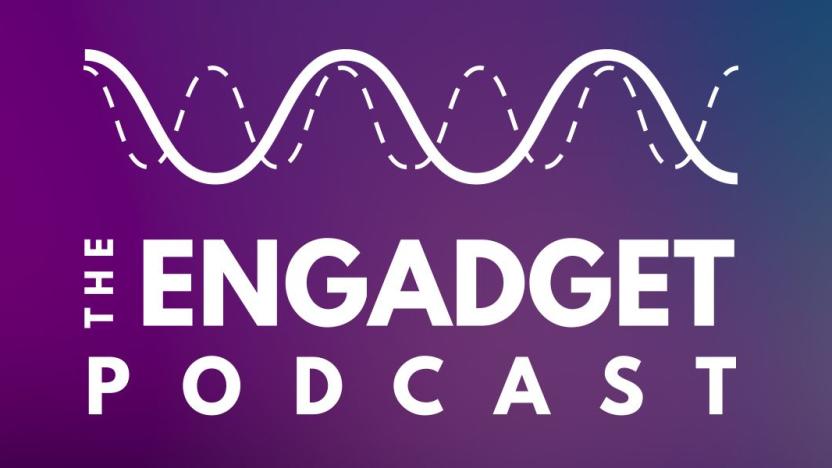
The Engadget Podcast Ep 26: The Sounds of Science
Managing editor Dana Wollman and senior editor Nathan Ingraham join host Terrence O'Brien on the latest episode. First Dana and Nathan face off in the latest installment of Flame Wars, tackling the latest news around Google Voice, struggling streaming service Tidal and the Note 7. Then all three will try to unravel the first week of Donald Trump's presidency and what it means for science in particular.
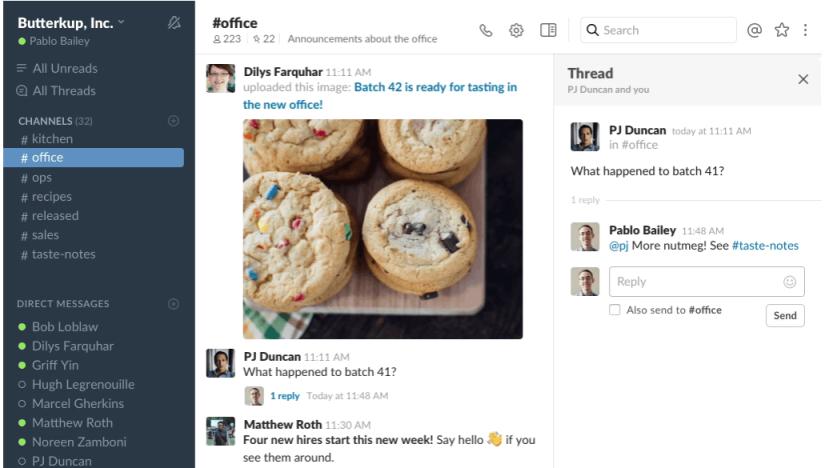
Slack adds long-awaited threaded messaging feature
Slack, the ever-popular communication tool and current darling of enterprise software, is getting a long-awaited update: threaded messaging. As the company writes in a blog post today, threaded messaging is a way to reduce clutter in ever-crowded Slack rooms. If someone in a room starts a conversation that only involves a select group of participants, you can hover your mouse over the message and click the new "start a thread" option. That'll open this separate conversation in the Slack app's right sidebar and let you add specific participants.

Researchers discover bacteria can communicate electrically, like neurons
Bacteria may be unicellular but that doesn't mean they're complete loners. They often congregate in (relatively) large colonies, not unlike human cities. In fact, a team of researchers from the University of California, San Diego have recently discovered that at least one species has even developed a long-range (again, relatively) communications mechanism which works very similarly to the brain's neurons.











